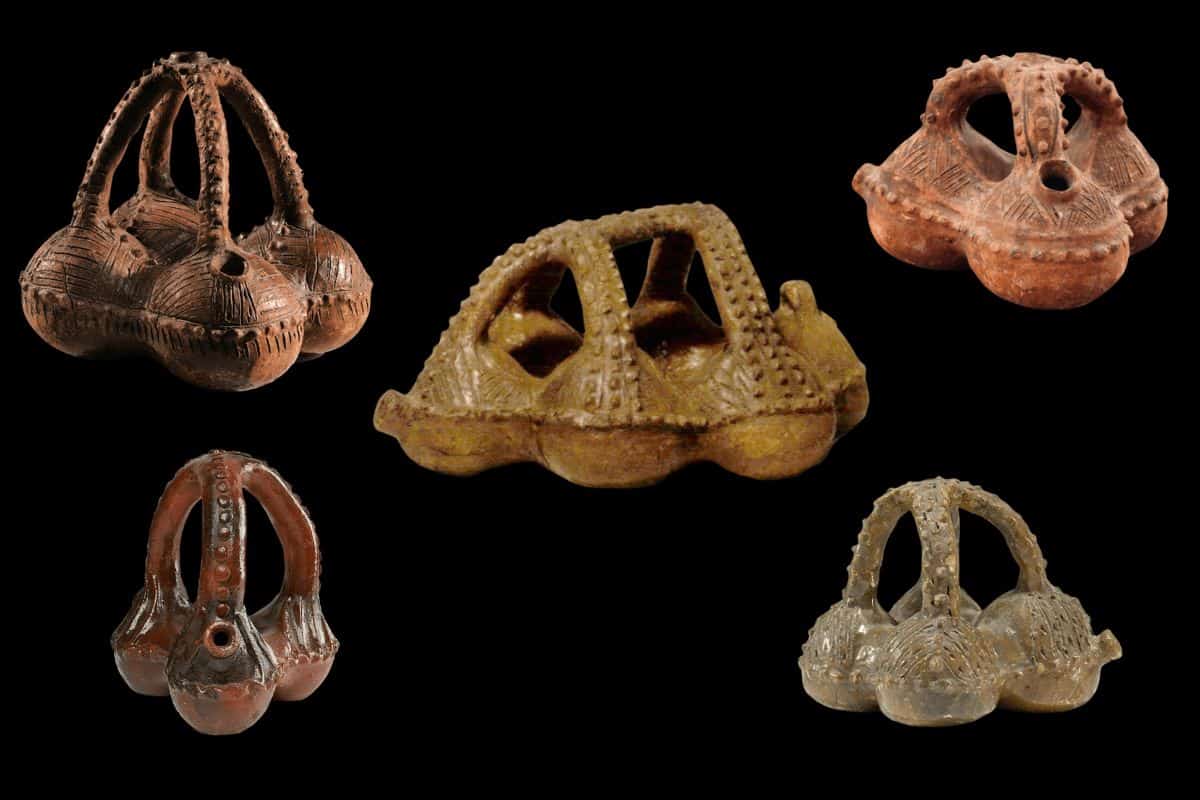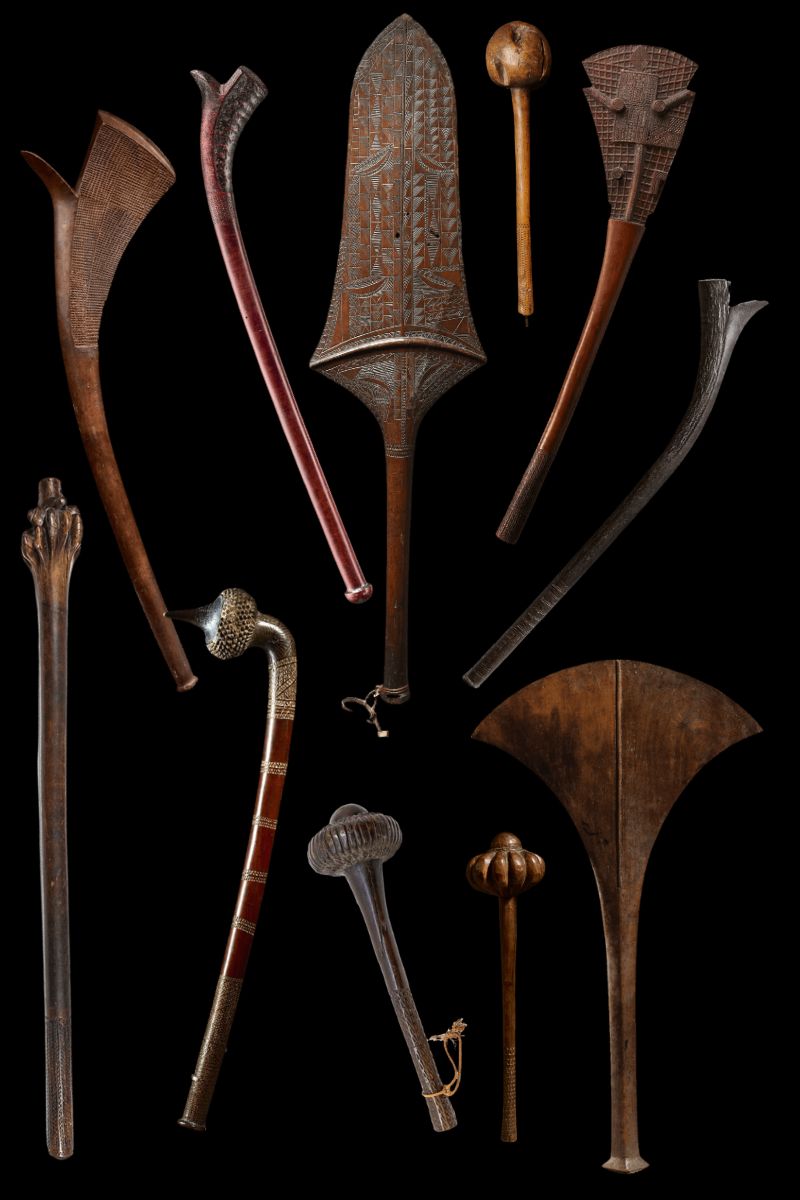Fijian Art and Artifacts
Old Fijian Art and Artifacts can be valuable and very collectable. This is especially true for pieces made for indigenous use and not for sale to tourists. Culturally the Fijian Islands are melanesian but unlike many Melanesian cultures did not have masks and had very little sculpture
The most common form of Fijian art is its war clubs. There are an large array of club types and these are covered in a seperate article Fijian War Clubs
This article can not cover all the art from this group of islands but covers the more common art and artifacts produced.
I buy and sell Fijian art and Artifacts and the process is easy. Just send me a photo of your Fijian Art of Artifact and I will give you an idea of what I would be willing to buy it for.
I hope you enjoy the article and please feel free to share.
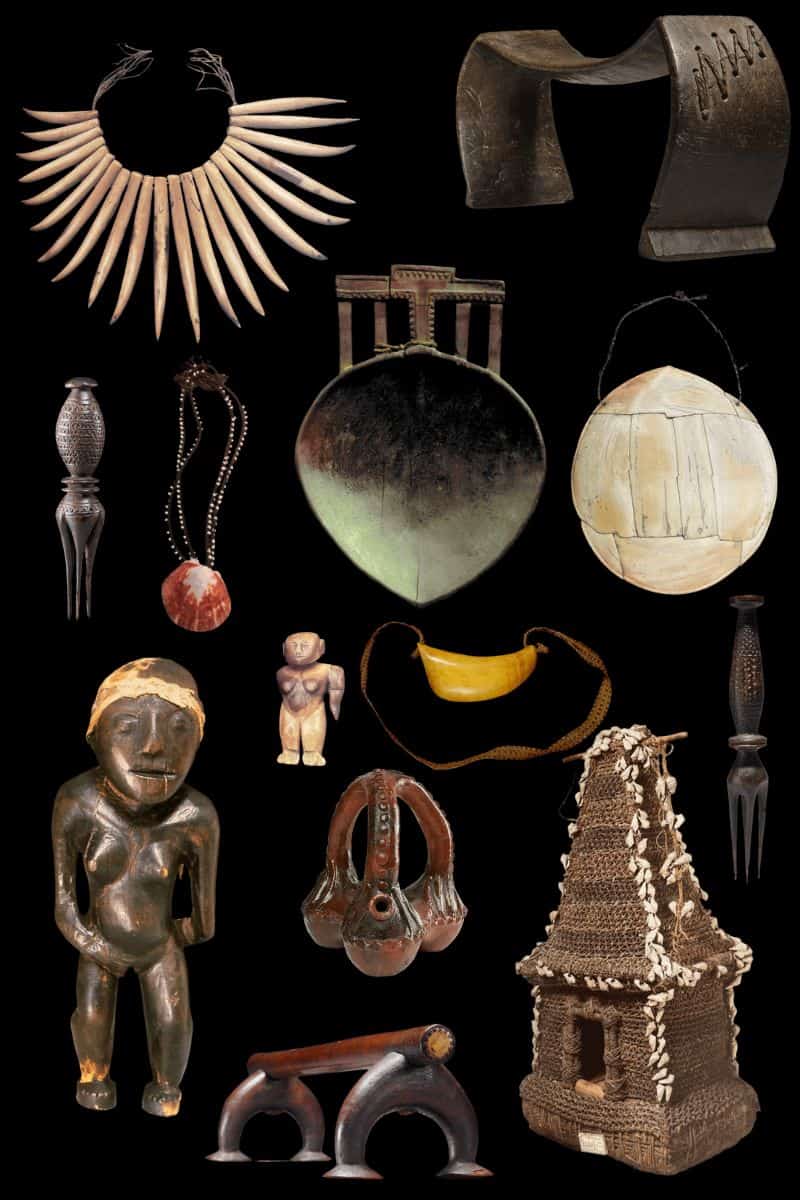
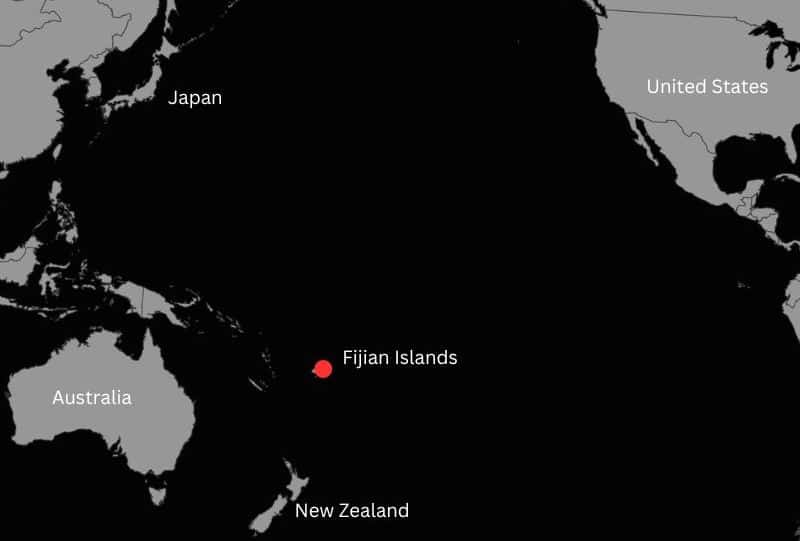
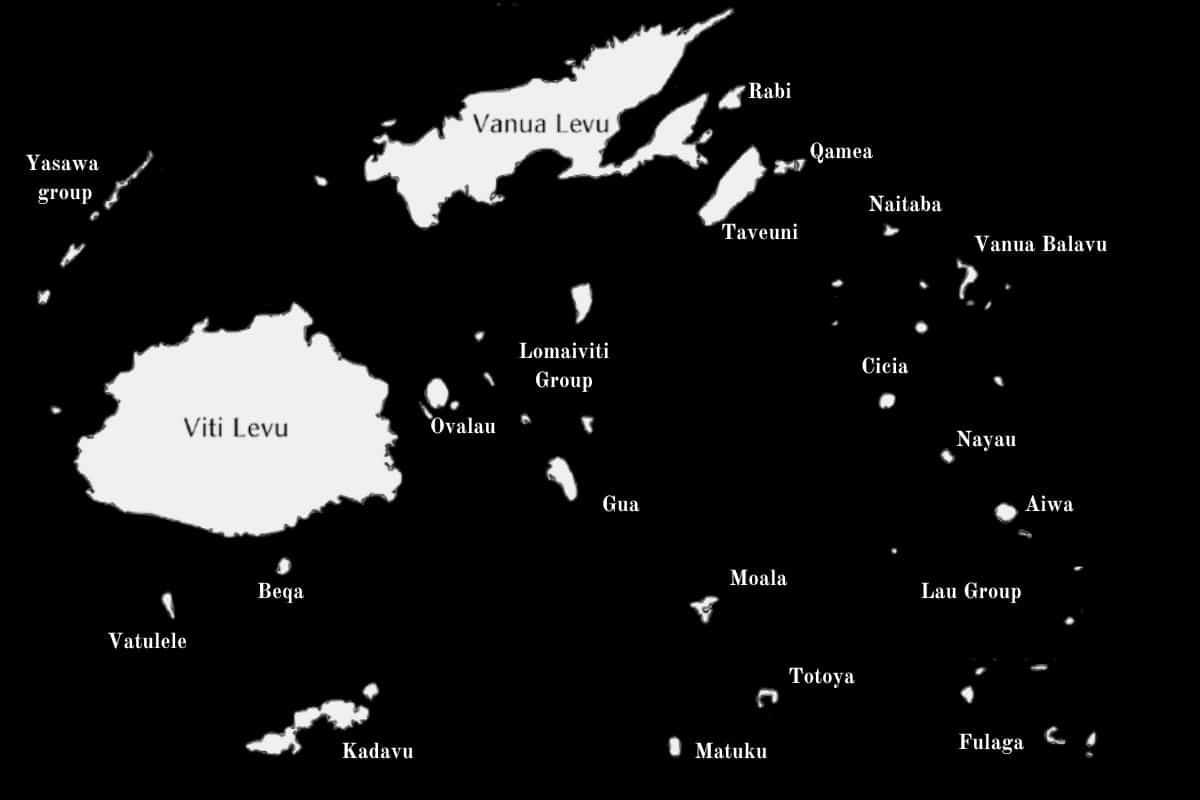
Background of Fijian art and Artifacts
The Fijian Islands is a group of Islands located in the Western Pacific Ocean. Fijian settlers likely arrived by sailing canoe around 1500 BCE. The native Fijians, known as iTaukei, established complex societies. Different tribes had unique languages, customs, and traditions. They lived in tribal communities led by chiefs and practised subsistence agriculture.
Cannibalism and warfare were large parts of the Fijian culture and this is clear in the arts produced. Cannibalism was an integral part of Fijian spiritual belief and weapons of war capable of achieving almost god like worship.
Most Fijian artworks are associated with chiefs and traditional priests. Around 800 AD Fiji came under the influence of Tonga and although this semi invasion ended tongan influence on art remained. Many fijian artists were of Tongan decent and this is reflected in arts and artefacts. It was not unusual for Tongan carvers to be commissioned by Fijian chiefs to make clubs and other carved artworks.
The first recorded European to sight Fiji from a distance was Dutch explorer Abel Tasman in 1643. : In the 18th century, British explorer James Cook visited Fiji during his voyages through the Pacific between 1768 and 1779.
In the early 19th century, European sandalwood traders, whalers and blackbirders started visiting Fiji. In the 1830’s missionaries arrived and introduced Christianity. The increased contact with European traders and missionaries caused major cultural change.
In 1874 the chiefs of Fiji signed a deed of Cession making Fiji effectively a British colony
In 1966 the Fijian constitution changed and full independence from the British Empire achieved on October 10, 1970.
Fijian Art and Artifact Types
Sculpture
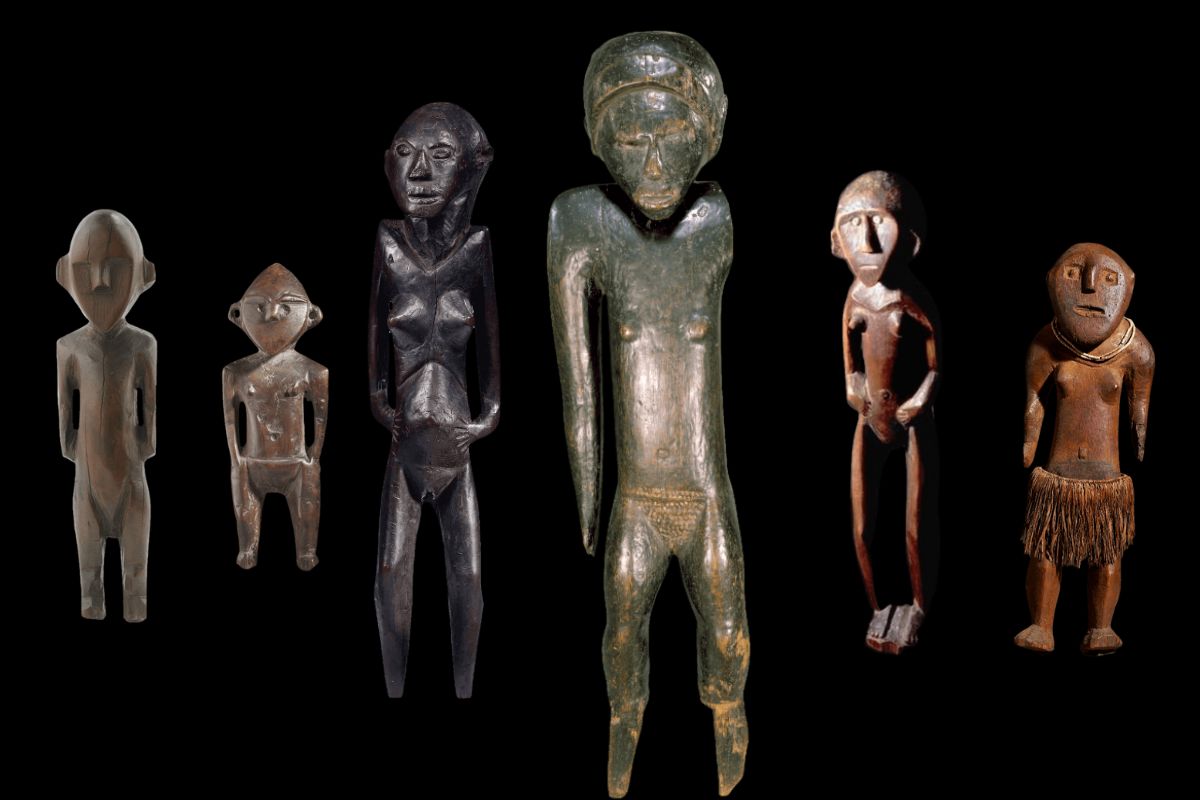
Fijian Sculpture
Free standing wooden fijian sculpture is extremely rare. Only 23 are known worldwide in collections. They are female figures and may be associated with weather magic.
Compared to other polynesian societies the carvings are fairly unrefined. Due to their rarity they are very collectable.
Length of figures
20cm -115cm
Fijian Ivory sculpture
Whales throughout Polynesia were manifestations of the ocean god Tangaloa. Whalebone and ivory were thus considered sacred and infused with this god’s divine essence.
Fijian Ivory figures show strong artistic association with Tongan sculpture. They are in my opinion the crown jewels of Fijian art.
Collectors should be aware that copies (in whale ivory) are more common than the geniune fijian masterpieces.
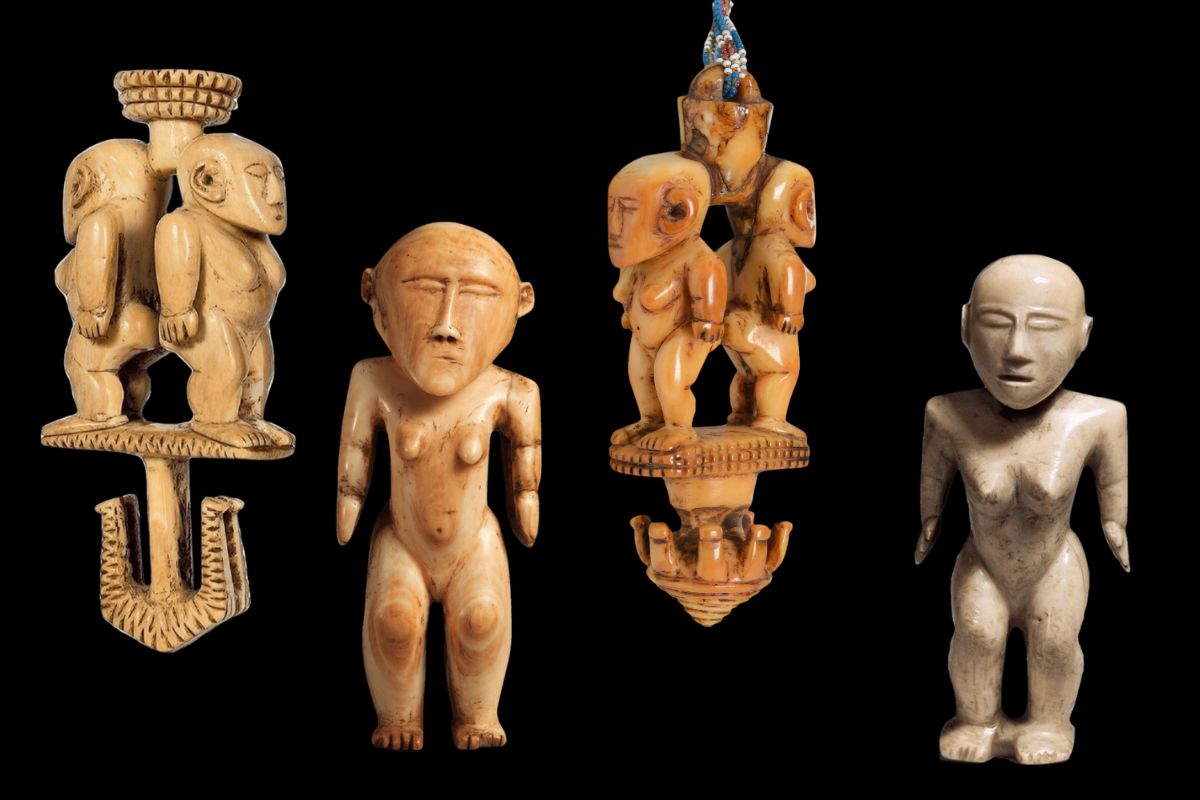
Fijian Clubs
Fijian war clubs are by far the most common form of artifact collected from Fiji. Fijian clubs range from simple root ball clubs made to throw at people to elaborately carved materpieces belonging to chiefs and priests.
The range and variety of Fijian war clubs is so great that I have dedicated a seperate article to discuss them.
It is important to remember though in a culture so dedicated to war fare that some of these clubs are more than just clubs. Through use and history some clubs achieved so much Mana that they became spiritual entities in their own right.
Fijian Spears
Fijian clubs were the weapon of choice but the fijias also used spears. Fijian spears are extremely well made and collectable in their own right.
Collectors prefer spears that are elaborately carved with little or no damage.
Recommended Reading
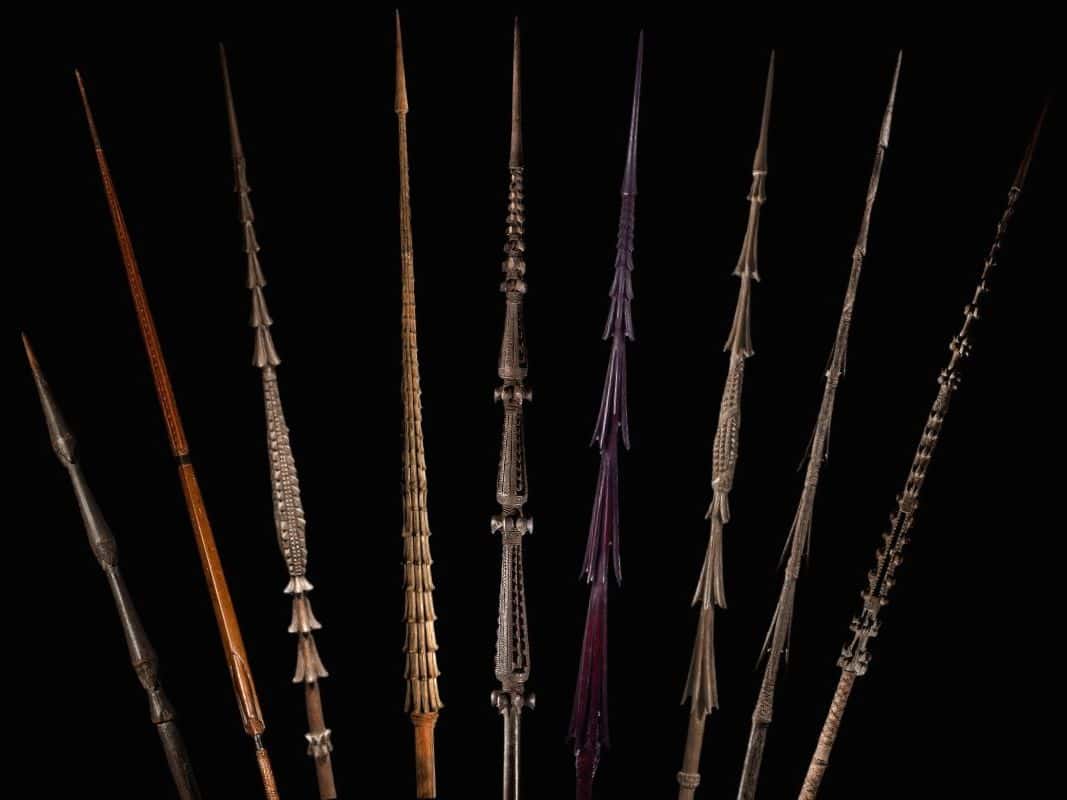
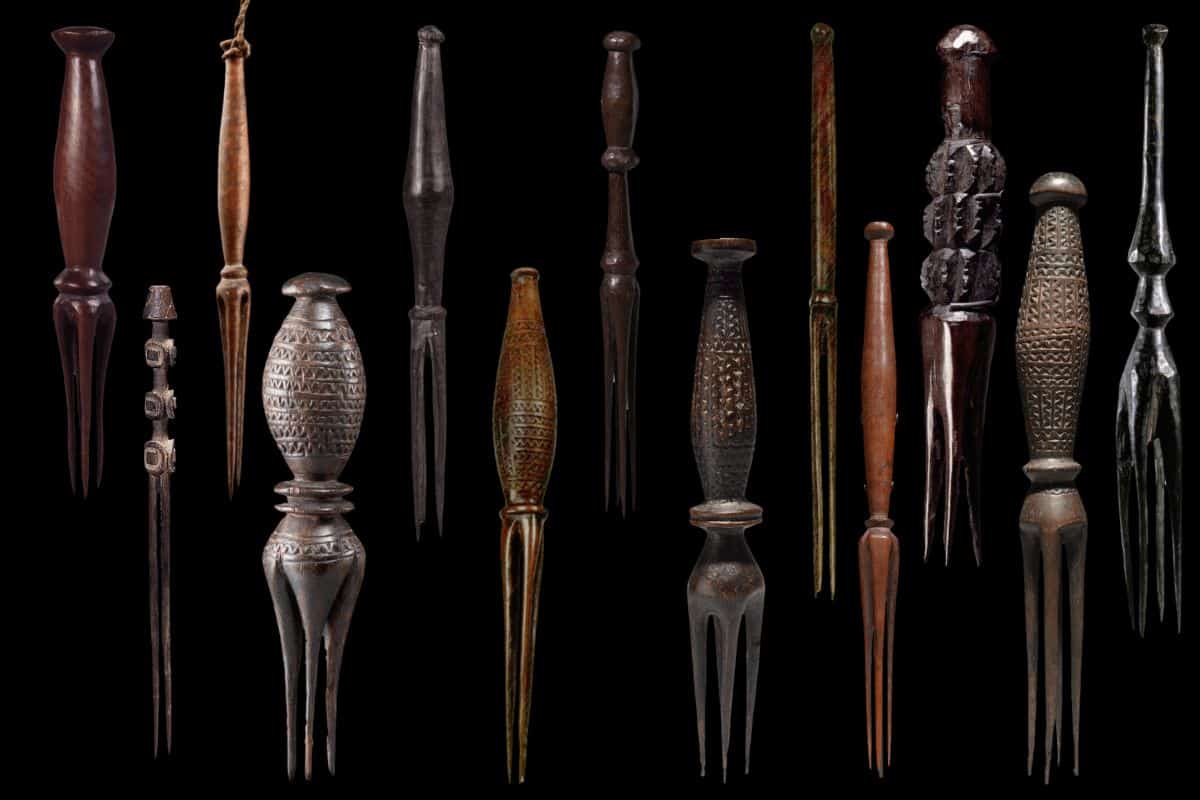
Fijian cannabal Forks range from 20cm – 40cm
Fijian Cannabal Forks
ai cula ni bokola
The tribes of Fiji lived in almost constant warfare. They were constantly fighting for territory, space, and control. Cannibalism was a part of a ritual of humiliation and revenge against the fallen enemy. After a battle between two tribes, the victorious side would eat the flesh of the fallen tribe.
A chief needed to stay spiritually clean and holy and could not touch flesh of the dead. During the eat your enemy ceremony the chief would be fed using a specialized fork.
Although artistically not always an exciting artwork the story and history of these forks make them collectable.
Fijian Headrests
The head in polynesian societies is believed to be where the soul and mana reside. As chiefs had to keep themselves pure it was important that their head not make contact with the ground.
Fijian head rests were made in a variety of forms but most are wood or bamboo on wooden legs.
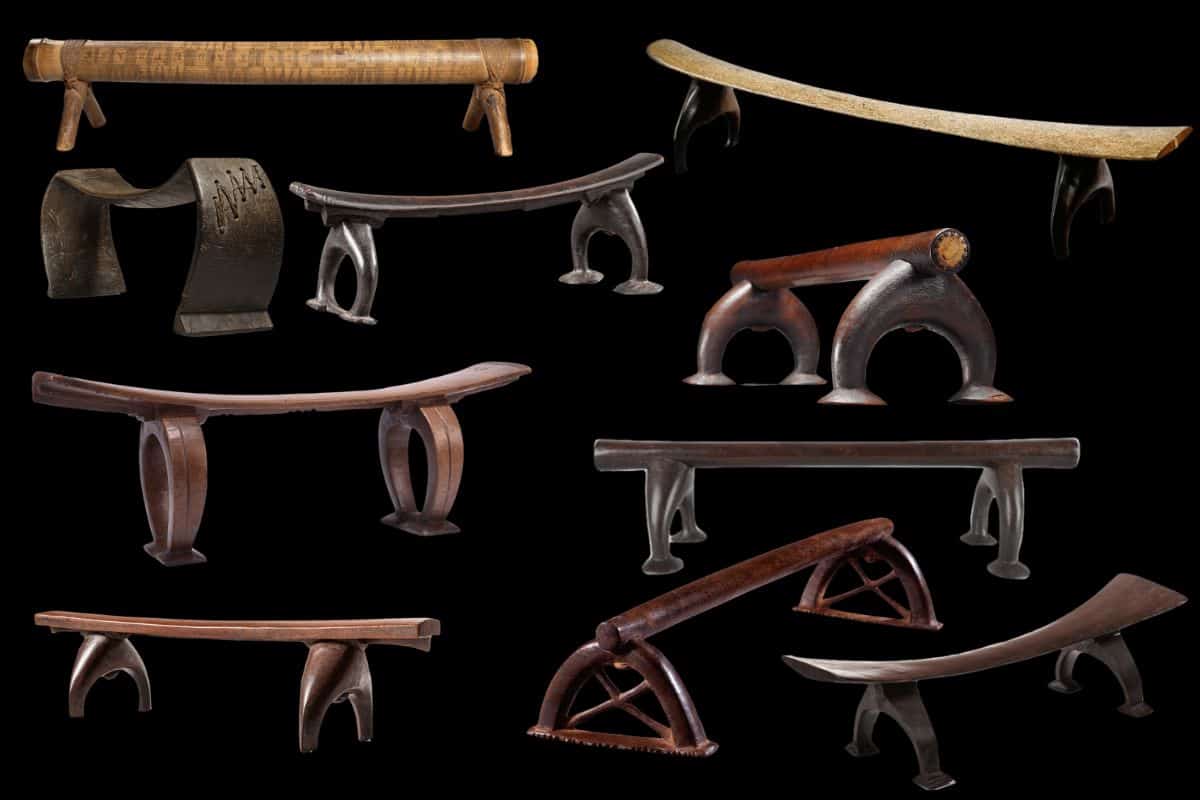
Fijian Priest Dish
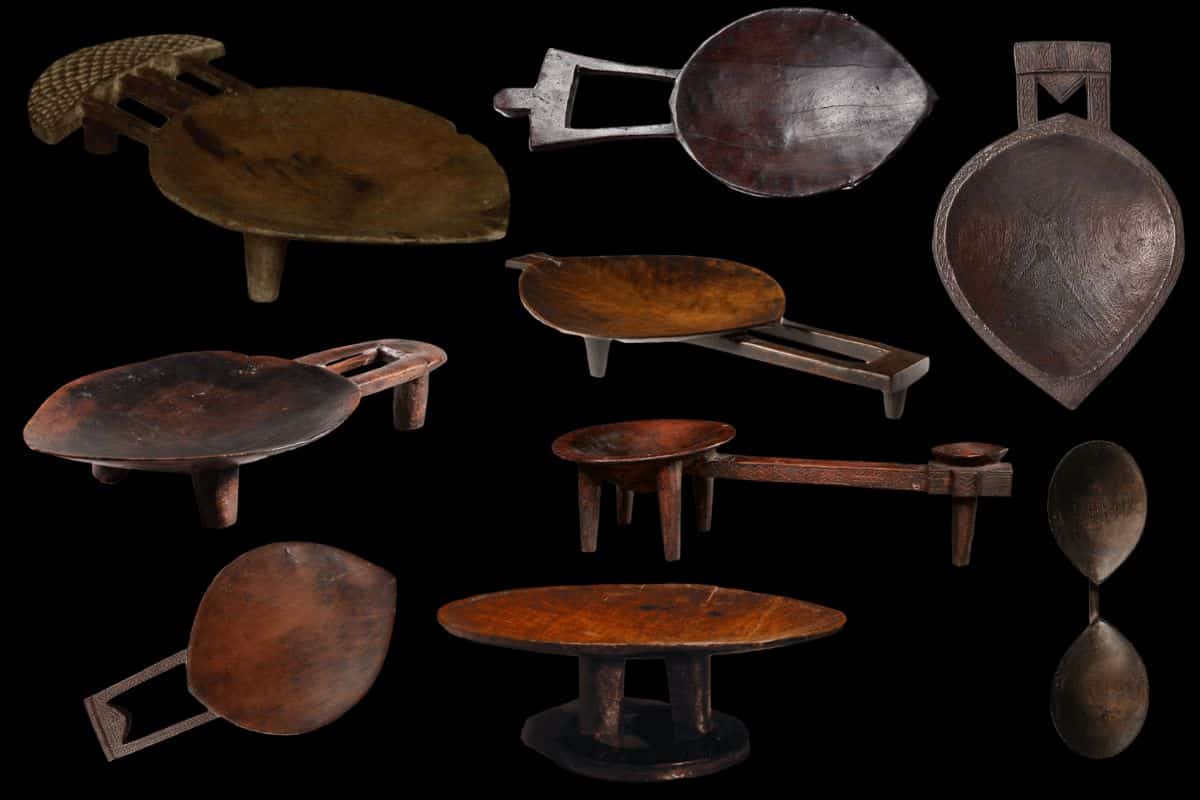
Dishes vary from 40cm -60 cm
Fijian priest dish
daveniyaqona
Fijian Waseisei Necklace
Whales throughout Polynesia were manifestations of the ocean god Tangaloa.
Whalebone and ivory were thus considered sacred and infused with this god’s divine essence.
Objects made of Whale tooth reinforced the chiefs’ descent from the gods and legitimated their rule.
Perhaps the most Iconic necklace made from whale tooth is the Fijian Waseisei. The whale teeth are split and individually fashioned and then strung on bush fibre.
These necklaces are rare and collectable especially if the bush fibre cordage is intact and original.
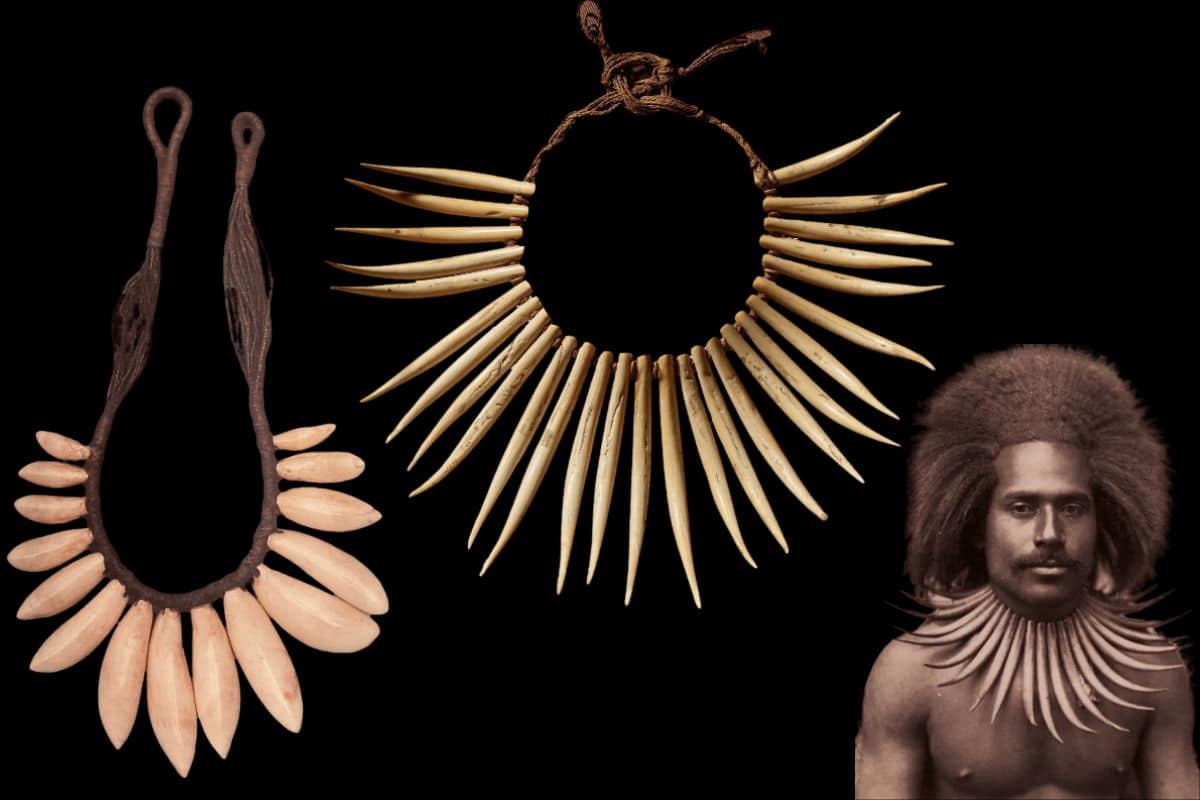
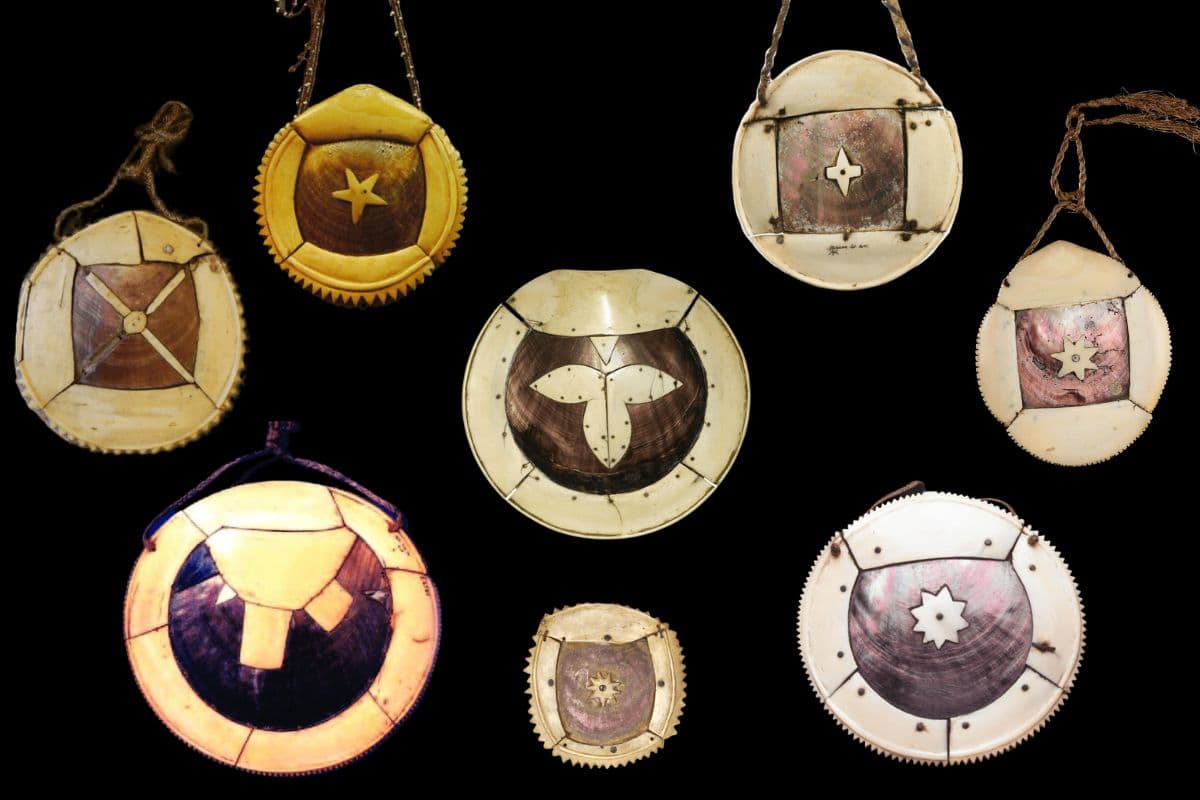
Fijian Breast Adornment
Civanovonovo
These breast adornments although found in Fiji were often the craftsmanship of Tongan specialists.
Made from sections of sperm whale teeth and black pearl shell they are rare and among the most sort after Pacific Island adornment.
They became more popular and common with the arrival of European whalers. Many were made using lead rivets in there construction.
Diameter 9cm – 25cm
Fijian Tabua
Tabua were often given as gifts and are almost a currency. The whaletooth was often smoked over sugar cane to give a deeper yellow texture.
Prior to contact with whalers they were rare. Old examples with superb patina’s are collectable but newer examples especially without their original cordage are quite common.
Size of the tooth was important with bigger being better.
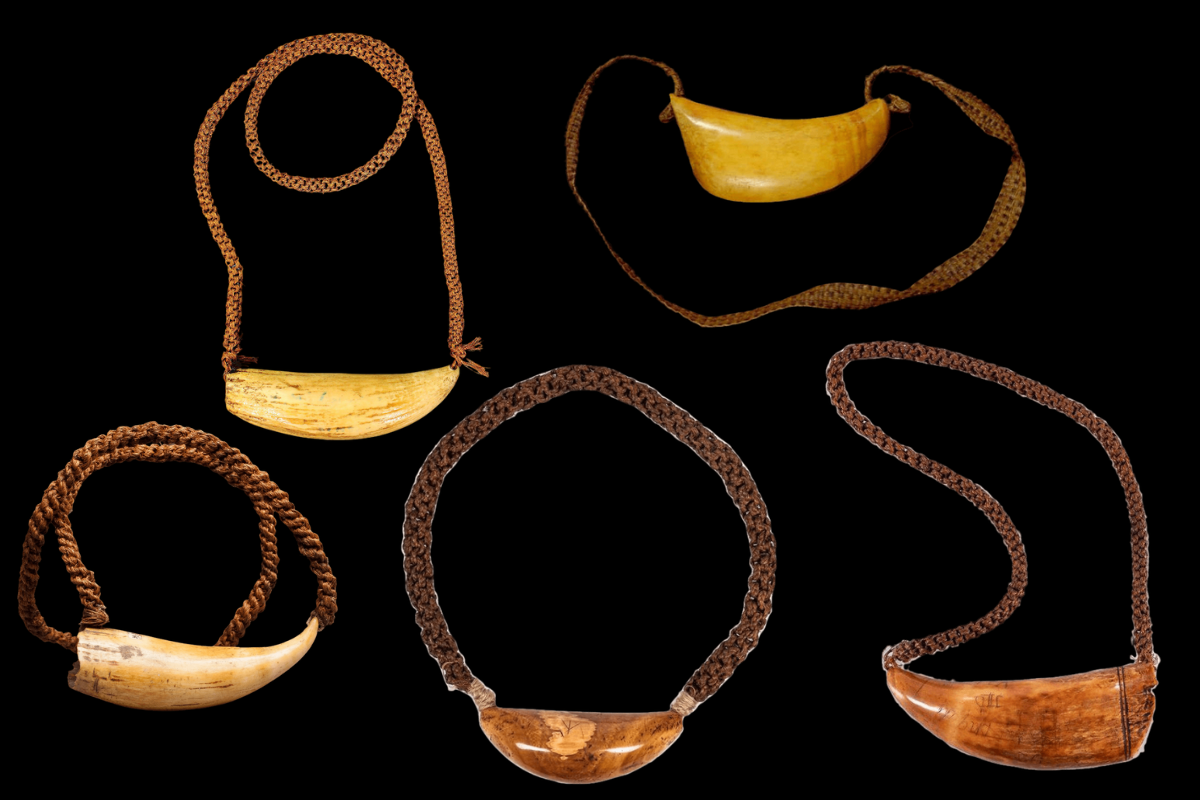
Fijian Water Vessels
Multi chamber water vessels made of pottery are not popular with many collectors. They are however rae and good examples have a thick coat of resin and die hard Fijian collectors do value them.
For more information read the Fijian water jars
